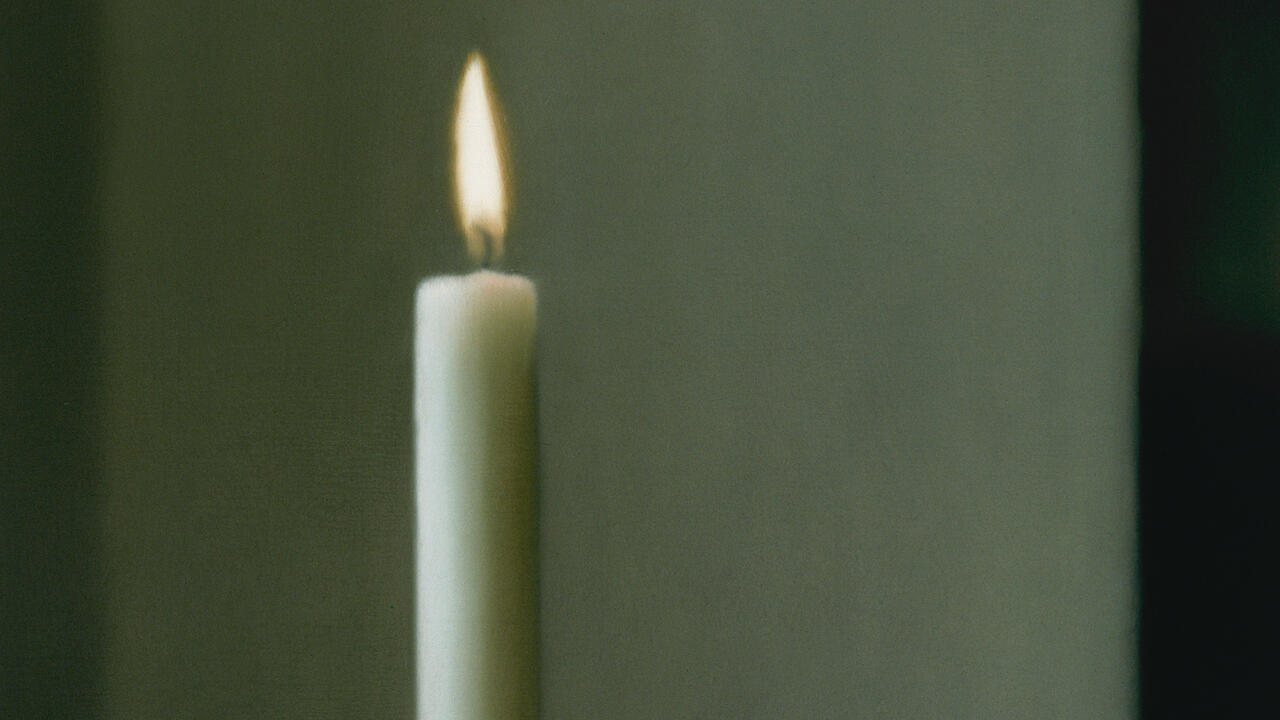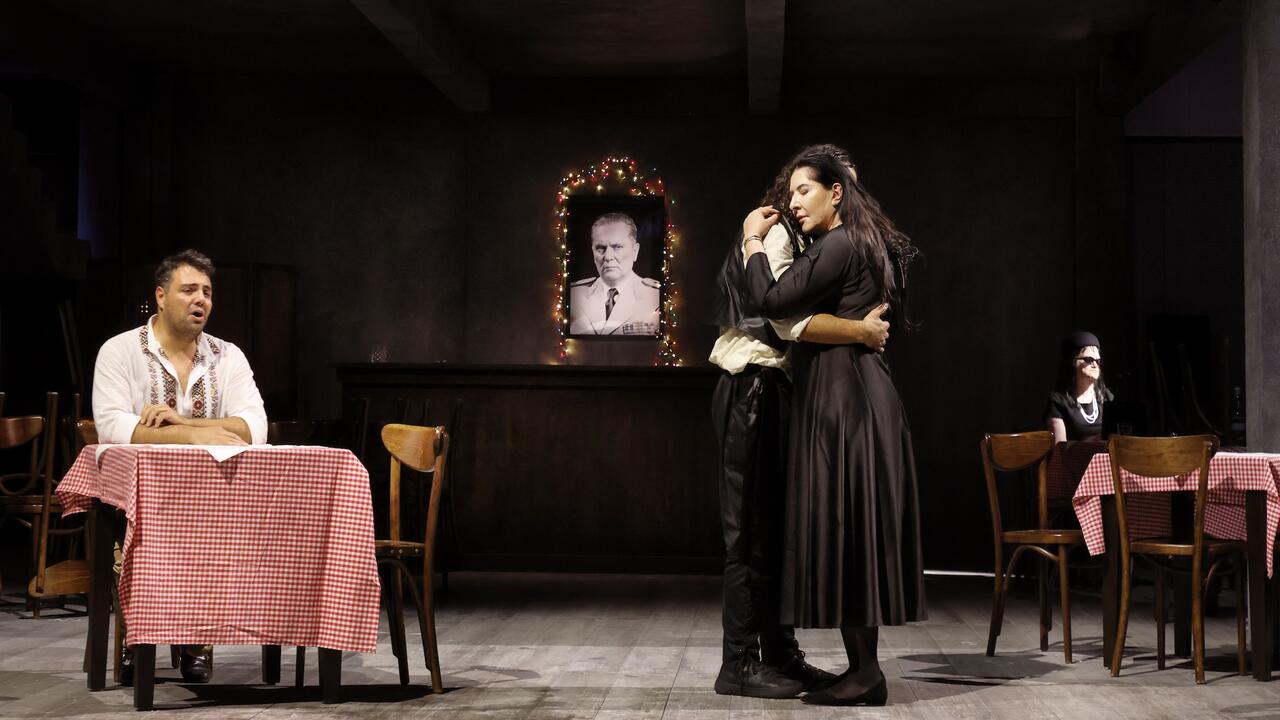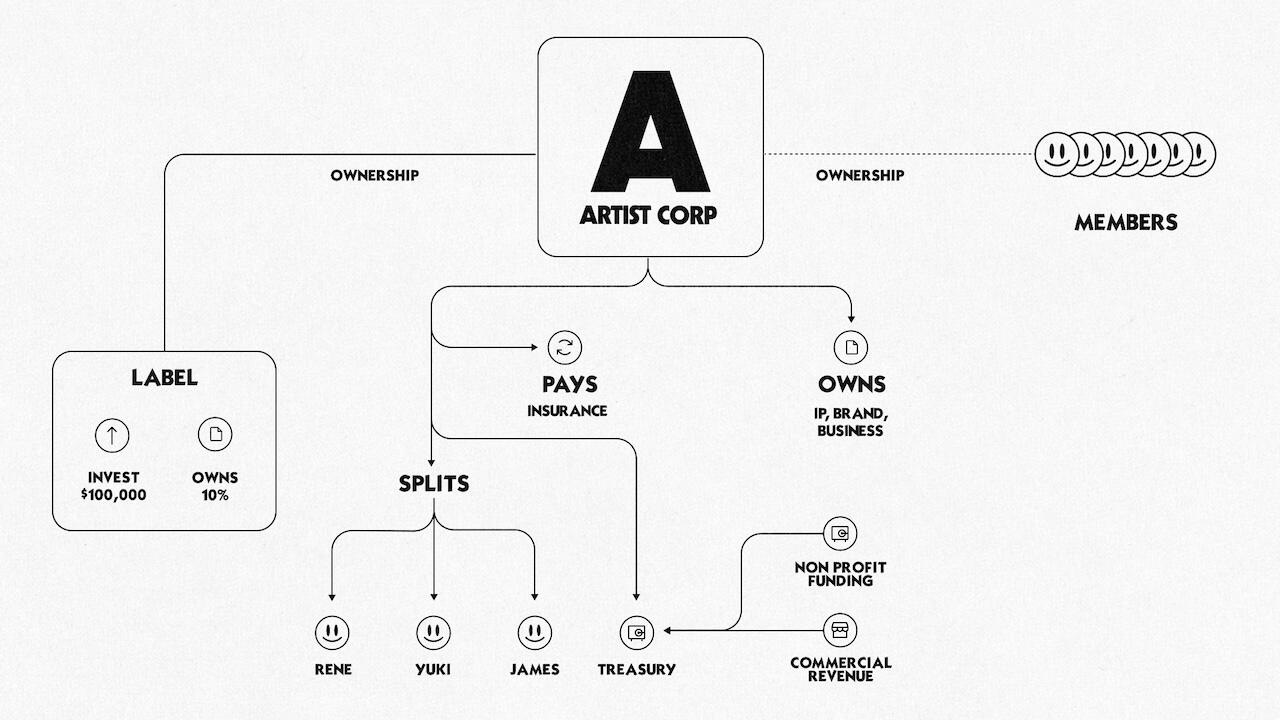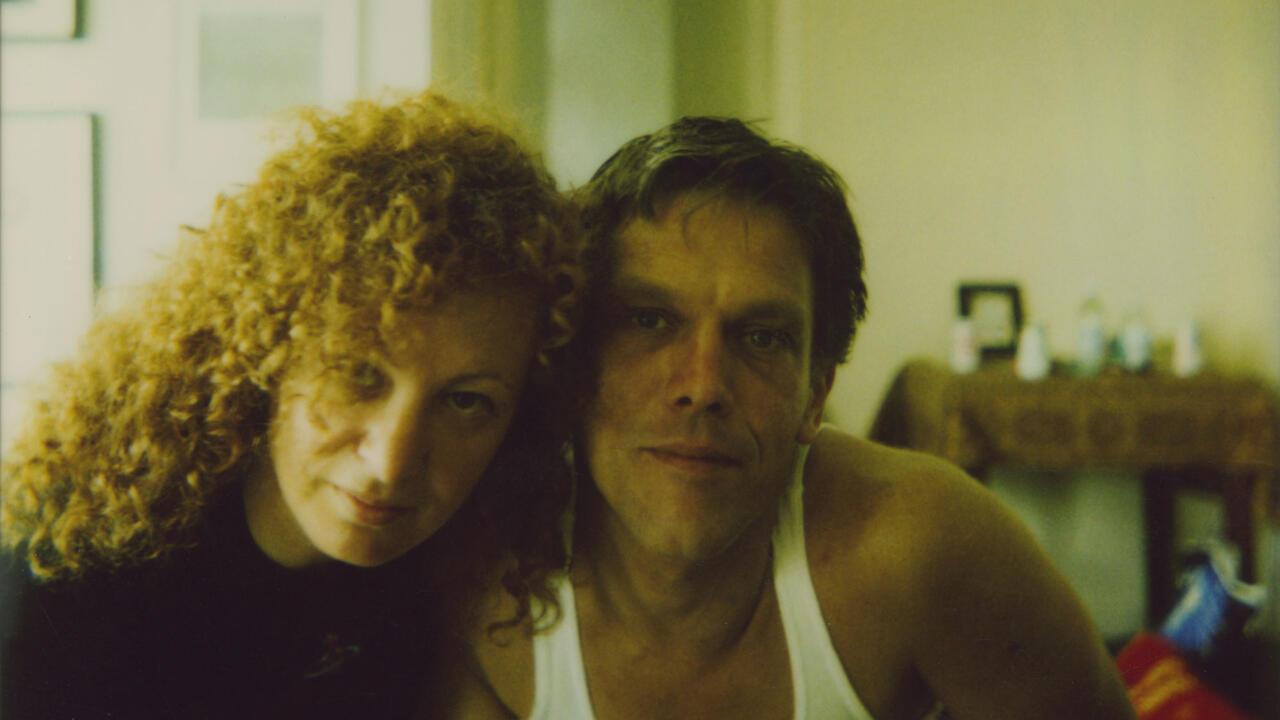Emotion Pictures
Hollywood, disaster movies and the events of 11 September 2001
Hollywood, disaster movies and the events of 11 September 2001

‘If only a plane would crash once in a while so that they could watch the passengers being consumed in a “holocaust of flame” as the newspapers put it. But the planes never crash.’
Nathanael West, The Day of the Locust (1939)
Five years on from 11 September 2001, Hollywood has finally steeled itself to confront the disaster. Rarely can two films – World Trade Center and United 93 (both 2006) – have been made under weightier expectations, being expected to offer some kind of emotional catharsis to their audience. Both succeed, although in strangely different ways.
Oliver Stone’s World Trade Center tells the true tale of two New York cops trapped beneath the rubble at Ground Zero. While cocooned in concrete, the heroic protagonist (Nicolas Cage) gains strength from memories of his family, steels his colleague to push through the hopelessness of their situation and is ultimately rewarded for his persistence by being saved and reunited with his wife. How, you may wonder, can such formulaic entertainment offer any kind of real therapeutic release to its viewers?
The fact is that World Trade Center’s roots seem to go back further than the events of 2001, to the heyday of the disaster movie: to Airport (1970), The Poseidon Adventure (1972) and The Towering Inferno (1974). Despite their catastrophic subject matter, these films set out to dispense comfort rather than raise alarm, and, contrary as it may seem, they actually hover closer to classical comedy than to tragedy. Not that they are intentionally funny (although they can be accused of camp), but their cataclysmic proceedings ultimately end in marriages, reunions and survival. In these films we follow the living, not the countless, faceless, Equity minimum, dead.
Paul Greengrass’ United 93 (2006), on the other hand, displays no such genre conventions, and if it has any predecessors – Peter Watkins’ The War Game (1965) comes to mind – they are unlikely to star Burt Lancaster and Dean Martin. United 93 is not an entertainment; it is a straight-up re-enactment of events around and aboard the fourth hijacked airplane on 11 September, which was flown into the ground as the passengers tried to overwhelm the terrorists. In this film no one seems to have a name, and no single character is called on to act as audience surrogate. Rather than hope – the emotion found lurking behind every cliffhanger in traditional disaster movies – we are given perpetual anxiety, the film moving inexorably towards its preordained conclusion. There is no comfort, only an overwhelming feeling of sorrow and pity. We are watching the dead, and we know it. Catharsis is complete.
Such a result is surely to be praised, for, according to Susan Sontag in Regarding the Pain of Others (2004), our capacity to respond to our experiences ‘with emotional freshness and ethical pertinence’ is being ‘sapped by the relentless diffusion of vulgar and appalling images’. She quotes an equally concerned William Wordsworth, who, in his preface to Lyrical Ballads (1800) decries man’s ‘craving for extraordinary incident’, which blunts ‘the discriminating powers of the mind’.
If Sontag and Wordsworth are right, then United 93 lets us have our cake and eat it, satisfying our lust for extraordinary incident while at the same time refusing to allow the viewer to lapse into a passive mode of being entertained. In employing a type of didactic catharsis (by re-teaching us how to be moved by disaster), United 93 shares certain characteristics with the only other mainstream film in recent memory that has dared to position itself as an anti-entertainment – Mel Gibson’s The Passion of the Christ (2004). Both United 93 and The Passion act as a form of electroconvulsive therapy, sweeping aside all filmic preconceptions and recalibrating our ethical senses by flooding us with so much shock, violence and suffering that we ‘feel’ disaster afresh.
Yet while United 93 may be the more successful, naturalistic and cathartic of the two films, this does not mean it is the ultimate document of the day. Within 72 hours of the towers falling it was reported that bootleg DVDs were available in China in which news footage of the attacks was mixed with footage from Hollywood disaster movies. Going under titles such as The Century’s Great Catastrophe (2001), images of Osama Bin Laden had been hurriedly mixed with those of Tom Hanks. The theme from Jaws (1975) played over the fall of the buildings. Outrage was the initial response, but these films seem to disclose a greater truth about how we witnessed the events of that day.
On the day of the attacks many people described their experience as ‘like something out of a movie’. Did we find it so hard to grasp the reality of the situation because our perceptual and emotional vocabularies were informed by disaster movies? Was it because those same films had desensitized us to reality? Or was it that reality itself can never be vivid enough for the spectator to understand the true horror of a disaster? In the end it doesn’t matter. But it does mean that World Trade Center, with all its disaster movie clichés, ends up displaying a surprisingly powerful verisimilitude to how most people perceived the day, thus providing us with a fake catharsis for an unreal event.
George Pendle is a writer living in New York. His book, The Remarkable Millard Fillmore, will be published by Three Rivers Press in March 2007.














